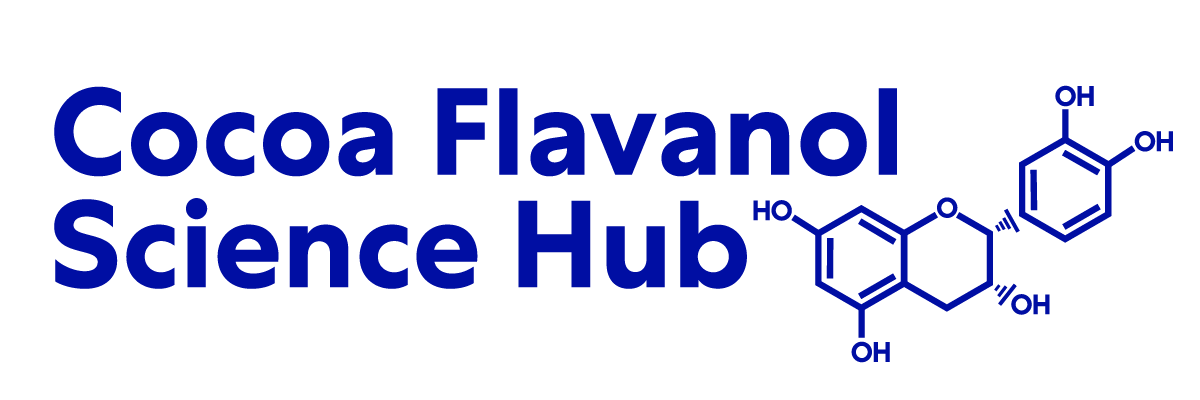Procyanidin dimer B2 [epicatechin-(4beta-8)-epicatechin] in human plasma after the consumption of a flavanol-rich cocoa.
BACKGROUND:
Epidemiologic studies have linked flavonoid-rich foods with a reduced risk of cardiovascular mortality. Some cocoas are flavonoid-rich and contain the monomeric flavanols (-)-epicatechin and (+)-catechinand oligomeric procyanidins formed from these monomeric units. Both the monomers and the oligomers have shown potential in favorably influencing cardiovascular health in in vitro and preliminary clinical studies. Although previous investigations have shown increasing concentrations of (-)-epicatechin in human plasma after cocoa consumption, no information is available in the published literature regarding the presence of procyanidins in human plasma.
OBJECTIVE:
This study sought to determine whether procyanidins can be detected and quantified in humanplasma after acute consumption of a flavanol-rich cocoa.
DESIGN:
Peripheral blood was obtained from 5 healthy adult subjects before (baseline, 0 h) and 0.5, 2, and 6 h after consumption of 0.375 g cocoa/kg body wt as a beverage. Plasma samples were analyzed for monomers and procyanidins with the use of reversed-phase HPLC with coulometric electrochemical array detection and liquid chromatography-tandem mass spectrometry.
RESULTS:
Procyanidin dimer, (-)-epicatechin, and (+)-catechin were detected in the plasma of human subjects as early as 0.5 h (16 +/- 5 nmol/L, 2.61 +/- 0.46 micro mol/L, and 0.13 +/- 0.03 micro mol/L, respectively) after acute cocoa consumption and reached maximal concentrations by 2 h (41 +/- 4 nmol/L, 5.92 +/- 0.60 micro mol/L, and 0.16 +/- 0.03 micro mol/L, respectively).
CONCLUSION:
Dimeric procyanidins can be detected in human plasma as early as 30 min after the consumption of aflavanol-rich food such as cocoa.
See the Full Study > (opens in a new tab)









